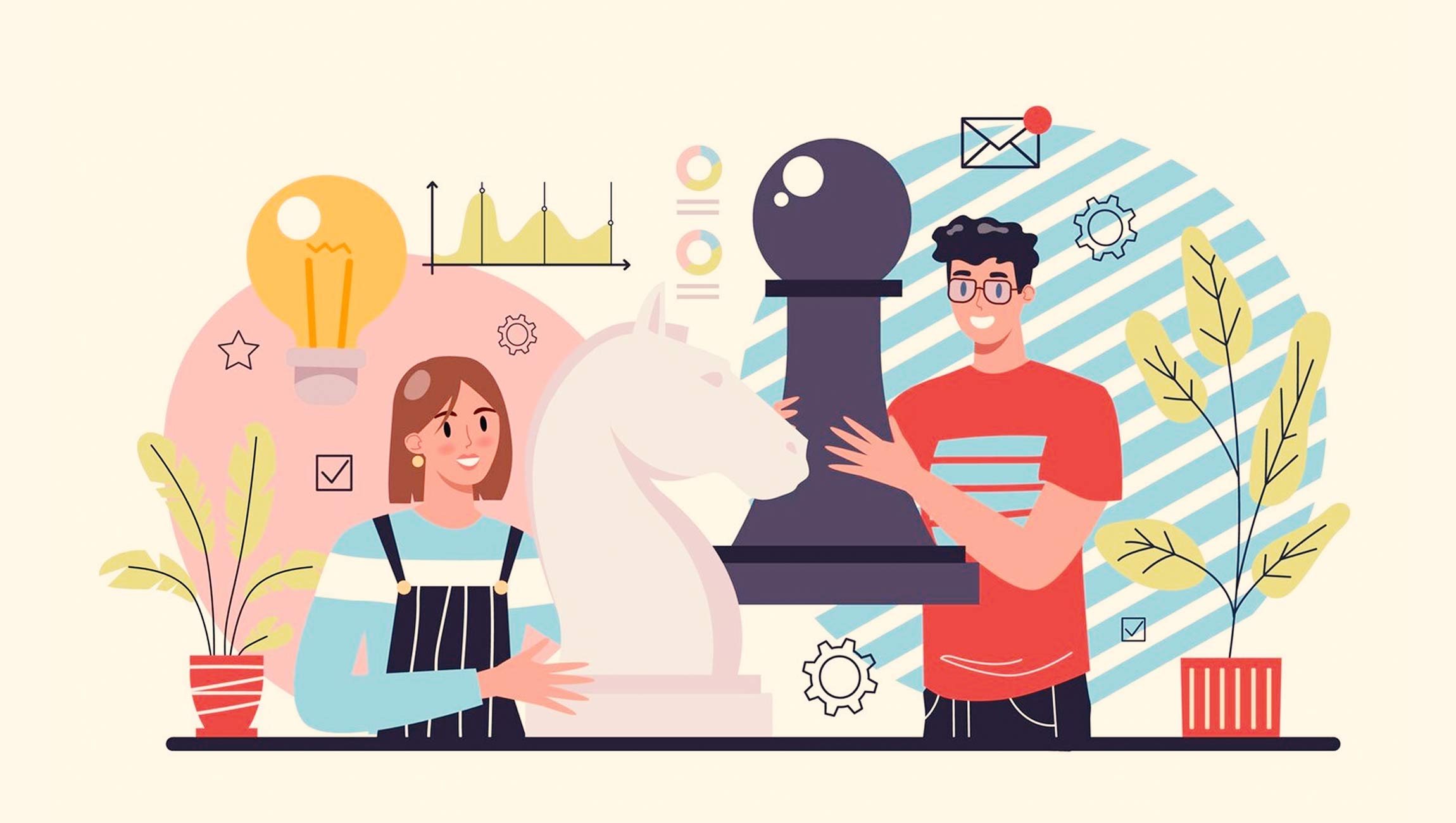In the dynamic world of marketing, push and pull strategies play a pivotal role. A push strategy involves promoting products directly to customers, driving them towards the brand. On the other hand, a pull strategy aims to create a compelling brand image that pulls customers in. Together, they form a balanced marketing approach, ensuring a brand’s visibility and appeal.
Understanding Push Strategy in Marketing
A push strategy is a proactive marketing approach where a company ‘pushes’ its products or services directly to the consumer. For instance, a manufacturer might use aggressive advertising, sales promotions, or direct selling to ‘push’ their products onto retailers, who then ‘push’ the products onto consumers.
Tips for Optimizing Your Push Strategy
A well-executed push strategy can significantly enhance your brand’s market presence. Here are five tips to optimize your push strategy:
1. Understand Your Audience:
Tailor your marketing efforts to your target audience’s preferences and behaviors. Understanding their needs and wants can help you create compelling and relevant promotions.
2. Leverage Multiple Channels:
Utilize a variety of channels – from traditional advertising to digital platforms – to reach your audience effectively. Diversifying your channels can help increase your brand’s visibility.
3. Create Engaging Content:
The content of your promotions should be engaging and valuable. It should not only showcase your product but also resonate with your audience and compel them to act.
4. Build Strong Relationships with Retailers:
Establishing strong relationships with retailers can ensure better shelf space and visibility for your products. This can significantly enhance the effectiveness of your push strategy.
Understanding Pull Strategy in Marketing
A pull strategy is a marketing approach that ‘pulls’ customers towards a brand or product. It involves creating a strong brand image and consumer demand that ‘pulls’ products through the distribution channel. For example, Apple Inc. uses compelling advertising and product design to create demand, ‘pulling’ customers to their products.
Tips for Enhancing Your Pull Strategy
A well-implemented pull strategy can attract customers and build brand loyalty. Here are five tips to optimize your pull strategy:
1. Build a Strong Brand Image:
A strong brand image can ‘pull’ customers towards your products. Invest in creating a unique and appealing brand identity.
2. Engage with Customers:
Engage with your customers through social media, customer service, and other platforms. This can help build a loyal customer base that is drawn to your brand.
3. Offer Value:
Provide value to your customers through high-quality products, excellent service, and valuable content. This can ‘pull’ customers towards your brand and encourage repeat business.
4. Leverage Influencer Marketing:
Influencers can ‘pull’ their followers towards your brand. Collaborate with influencers who align with your brand values and target audience.
Marketing Technology News: MarTech Interview with David Rabin, CMO @ Lenovo SSG
Push vs Pull Strategy in Marketing: A Comparative Analysis
In the marketing world, push and pull strategies are two distinct approaches, each with its unique aspects. Here are five key differences between them:
1. Target Audience:
Push strategy targets the distribution channel, such as retailers and wholesalers, to ‘push’ the product towards consumers. In contrast, the pull strategy targets the end consumers, creating a demand that ‘pulls’ the product through the distribution channel.
2. Communication:
In a push strategy, communication is typically direct and promotional. However, a pull strategy relies on indirect communication, often through creating a strong brand image or consumer awareness.
3. Control:
Push strategy gives more control to the marketer in terms of product placement and promotion. Pull strategy, on the other hand, relies on consumer demand and preferences, giving consumers more control.
4. Cost:
Push strategy can be cost-intensive due to the direct promotional activities involved. Pull strategy, while also involving costs in building brand image and awareness, can lead to more organic growth and customer loyalty.
5. Effect:
Push strategy can lead to immediate sales but may not ensure long-term customer loyalty. Pull strategy may take longer to generate sales but can build stronger customer relationships and brand loyalty.
Real-Life Successes of Push and Pull Strategies
Push and pull strategies have been instrumental in the success of many brands. Here are four examples illustrating their effective use:
1. Unilever (Push Strategy):
Unilever effectively uses a push strategy for its wide range of products. It maintains strong relationships with retailers, ensuring prominent shelf space and visibility, thereby ‘pushing’ its products towards consumers.
2. Apple Inc. (Pull Strategy):
Apple Inc. is renowned for its effective use of pull strategy. Its innovative products, coupled with compelling advertising and strong brand image, create a demand that ‘pulls’ customers towards its products.
3. Amazon (Push Strategy):
Amazon uses a push strategy through personalized emails and recommendations based on browsing history, ‘pushing’ products toward potential buyers.
4. Nike (Pull Strategy):
Nike leverages pull strategy by creating powerful brand narratives and engaging with customers through social media and influencers, ‘pulling’ customers towards its brand.
As we navigate the future of marketing, the strategic interplay of push and pull will continue to shape brand narratives. Embracing these strategies can help brands stay relevant, engage effectively with their audience, and drive growth. The key lies in balancing both strategies to create a holistic marketing approach that resonates with the evolving consumer landscape.
Marketing Technology News: The Significance of a Mobile-First Approach in Marketing











